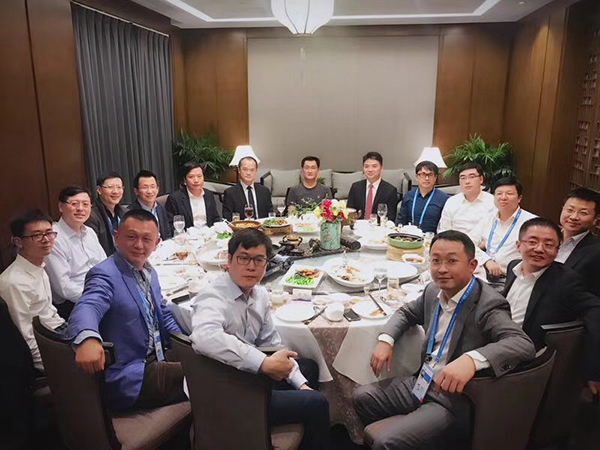Chinese state media reported that women account for 55 per cent of entrepreneurs in the internet field, but other reports have given vastly different results

The article Lies and statistics: How many of China’s women are actually in the tech sector? was written by Masha Borak for TechNode.
Editor’s note: The headline is a reference to Mark Twain’s oft-quoted display of disdain for statistics and figures.
Women in China’s tech and entrepreneurship have come under global attention during the past years for their (perceived) better position compared to some countries (the US). The divide was painfully visible during China’s ride-hailing war: on one hand were Uber’s scandals with treating women, on the other, was DiDi’s shining example with its president and COO, Jean Liu.
However, China has been long considered as a country of slightly dubious statistics. This year again for Women’s Day, Chinese state media reported that women account for 55 per cent of entrepreneurs in the internet field, a statistic repeated since 2015. So far, however, nobody has been able to figure out what it actually means. Is it women that have founded a startup? Women who work for a tech company? Women who happened to open a shop on Taobao?
Other research has given vastly different results. According to one report by NetEase Cloud and IT Juzi, the number of female entrepreneurs is as low as 16 per cent.
Gauging how many women are employed in China’s tech sector is even more difficult. To illuminate the situation, TechNode asked several of China’s biggest tech companies to share their statistics. Here are the numbers from the three that have responded:
- Baidu has roughly 40,000 employees and 45 per cent of them are female. Among all employees, over 50 per cent of them are technology R&D focused. Thirty-four per cent of tech-specialised employees are female. Fourty-five per cent of Baidu’s female employees are on mid-senior management teams (senior manager level or/and above).
- At DiDi, 40 per cent of employees are female while women hold 20 per cent of senior management positions.
- Women account for 47 per cent of Alibaba Group’s 50,000+ employees. One-third of Alibaba Group founders are women, one-third of partners are women and one-third of its senior management executives are women.
Not bad right? Well, until you see this picture:

Photo taken during the World Internet Conference at Wuzhen in 2017 of a dinner that gathered China’s top tech leaders
Also Read: On this year’s International Women’s Day, I vow to write about women in tech better
This famous photo of China’s tech leaders at the World Internet Conference at Wuzhen shows the pinnacle of China’s tech power. This year, many of these men have been invited to China’s most important yearly political event, the Two Sessions of the National People’s Congress (NPC) and the Chinese People’s Political Consultative Conference (CPPCC). Chinese politics is known for its minuscule number of women. Tech does not seem to be the force that will change this.
There is research that gives hope. Silicon Valley Bank has compared its 900 clients throughout UK, US, and China and found that women are better represented at senior levels in China than the two other countries. But statistics can be pliable.
Looking at other numbers, when it comes to women in board seats and CEO positions in China, the figures do not differ too much from the rest of the world. There are no specific stats for tech companies, but according to Deloitte’s research published in June 2017, Chinese women occupy just 10.7 per cent of board seats in all companies. The world average is similarly poor—just 15 per cent. Only 5.4% of China’s A-share listed company boards are chaired by women, while globally women hold only four per cent of CEO and board chair positions.
Of course, there are plenty of notable exceptions that prove the rule within the tech field and not just DiDi’s Jean Liu. Baidu’s Ma Dongmin, Ant Financial’s Peng Lei, and Zhou Qunfei, founder of electronic component manufacturer Lens Technology, are among the six richest self-made Chinese women, according to this year’s Hurun research. There Sina IR director Cathy Peng, Baidu IR director Sharon Ng, Sohu CFO Joanna Lu, and Crip CEO Jane Sun.
The number of female players at the top, however, shouldn’t be a proxy for the bottom rungs.
—
The article Lies and statistics: How many of China’s women are actually in the tech sector? first appeared in TechNode.
Image Credit: Steinar Engeland on Unsplash
The post Lies and statistics: How many of China’s women are actually in the tech sector? appeared first on e27.